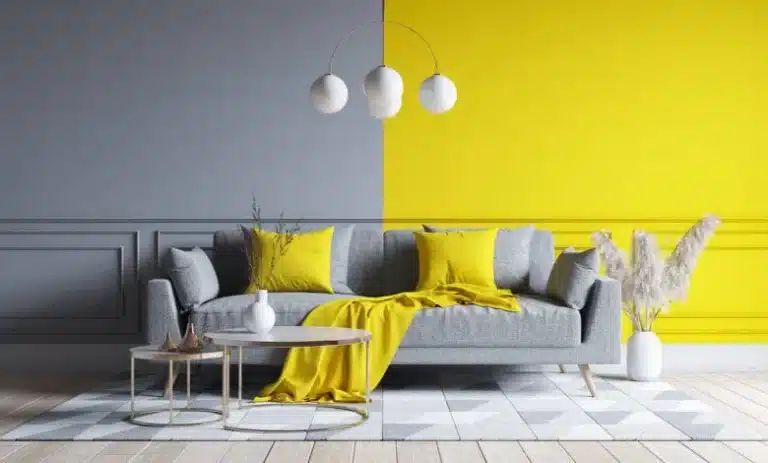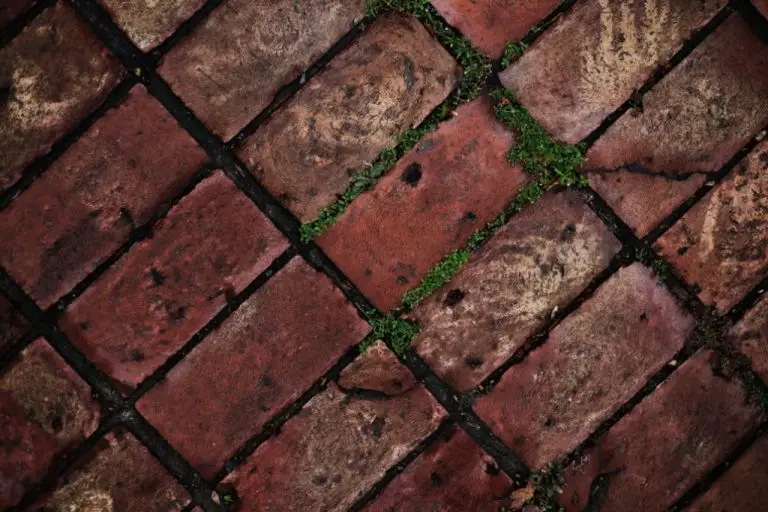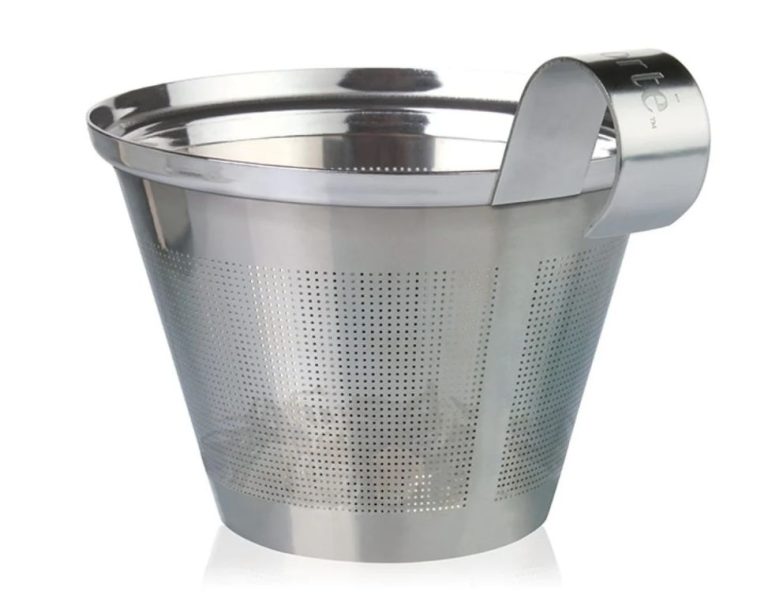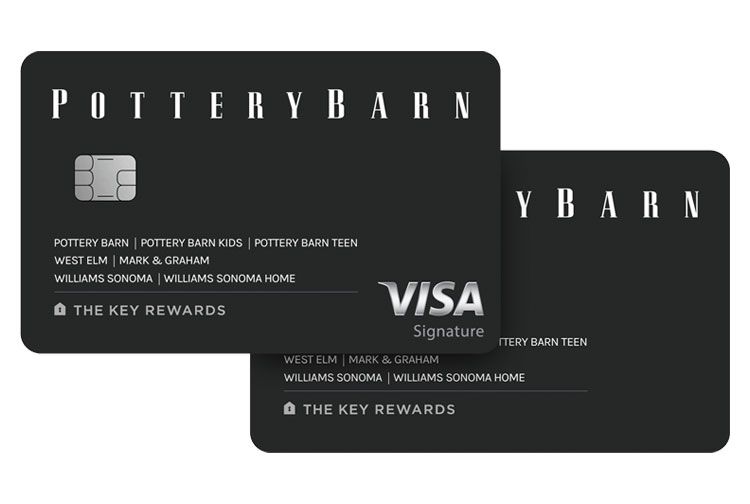Should Backsplash Be Lighter Or Darker Than Walls?
Considering Backsplash Color for Your Kitchen Update?
As the heartbeat of the home, kitchens are one of the most frequently redesigned rooms. When planning a kitchen renovation, the backsplash often steals focus as both a functional and decorative element.
Backsplashes provide an opportunity to express personal style and set the tone for the kitchen’s overall aesthetic. With so many options, deciding between a lighter or darker backsplash often proves challenging.
“There are no rights or wrongs when selecting a backsplash color, only design choices that best suit your needs and reflect your taste,” says John Smith, lead designer at Kitchen Design Co. (The Top 5 Kitchen Backsplash Trends for 2024).
Keep reading as we explore the complex decision of lighter versus darker backsplashes.
Pros of Lighter Backsplash
One of the biggest pros of choosing a lighter backsplash is that it can help reflect light and brighten up a space. The light colors create an open, airy feeling in the kitchen or bathroom and make it appear larger and more expansive. According to Light Colored Backsplash Ideas Create Bright and Fresh Spaces, light-colored backsplashes are soothing and work as space-enhancing additions.
Lighter backsplash tiles like white, beige, light grey, and cream tend to bounce and reflect natural and artificial light around the room. This makes the whole space seem brighter and more illuminated. For dark, windowless kitchens or bathrooms, a light backsplash can help add lightness and visibility.
Cons of Lighter Backsplash
One of the biggest drawbacks of choosing a lighter backsplash is that it tends to show dirt, stains, and smudges more noticeably. Lighter colors like white, beige, and light gray will make every spot of grease or food splatter stand out clear as day. This means you’ll likely be scrubbing and cleaning the backsplash more often to keep it looking pristine. If you cook frequently or have messy kids, opting for a darker backsplash can help conceal everyday messes and reduce maintenance.
Additionally, lighter glass or mirror backsplashes can create glare and unpleasantly reflect light from windows and fixtures around the kitchen. The reflective surface will amplify the light in the space, which some homeowners may find distracting. Going for a lightly textured tile or matte finish can help diffuse reflections.
Pros of Darker Backsplash
One main advantage of using a darker backsplash is that it provides a striking visual accent and contrast against lighter colored walls and cabinets (Houzz). The darker backsplash helps make the lighter elements really stand out and pop. It creates depth and dimension in the kitchen. Having a bold, dark backsplash can also lend a more modern, stylish look to the space.
Additionally, darker backsplashes do a great job of hiding spills, splatters, and fingerprints. Their deep hue helps camouflage these minor kitchen mishaps so the backsplash always looks clean and pristine (Maryland Tub & Tile). This makes maintenance easier since the backsplash won’t need scrubbing after every use.
Cons of Darker Backsplash
One potential downside of using a darker backsplash is that it can make a small space feel closed in or cramped. The dark colors tend to absorb light rather than reflect it, which can give the illusion that the walls are closing in https://www.marylandtubntile.com/blog/dark-kitchen-backsplash/. This is especially true if you have a galley kitchen or other narrow footprint. Going with a dark backsplash in a tight kitchen can exacerbate the confined feeling.
Additionally, dark backsplashes show dirt, dust, grease splatters and fingerprints much more visibly than lighter colors. Constant wiping and cleaning is required to keep it looking sharp. Over time, the dark grout lines will also collect grime that requires scrubbing to remove https://www.houzz.com/discussions/904021/what-are-pros-and-cons-of-using-black-back-splash. If maintenance and ongoing cleaning is a concern, a dark backsplash may not be the best choice.
Factors to Consider
When deciding if your backsplash should be lighter or darker than your walls and cabinets, there are a few key factors to take into account:
Size and lighting of the space – In a small or dimly lit kitchen, a dark backsplash may make the space feel even more closed in and dark. A lighter backsplash can help brighten and open up the space visually. In a large, well-lit kitchen, a dark backsplash can create visual interest and contrast without making the space feel dark and gloomy (https://www.marylandtubntile.com/blog/dark-kitchen-backsplash/).
Cabinetry color – If your cabinets are very dark, choose a lighter backsplash to provide contrast and keep the space from feeling too heavy and dark. With light cabinets, you have the flexibility to go for either a light or dark backsplash depending on your style preferences (https://www.tilebar.com/learn/deciding-backsplash-tile/).
Countertop material – Lighter countertops like white marble or quartz often look best with a darker backsplash for contrast. Darker countertops like granite can pair well with either a lighter or darker backsplash depending on the overall look you want to achieve (https://www.cbdglass.com/should-your-backsplash-be-lighter-or-darker-than-the-countertop/).
Lighter Backsplash Design Ideas
When selecting a lighter backsplash, there are several popular design options to consider. Three of the most common lighter materials used for backsplashes are subway tile, glass tile, and marble.
Subway tile is a classic choice for kitchen backsplashes. The rectangular tiles come in white, off-white, light grey and other pale hues that complement lighter cabinetry and paint colors. Subway tile backsplashes have a clean, streamlined look and the smaller scale of the tile creates nice visual texture. Subway tiles are affordable, easy to install and maintain. For variation, they can be installed in fun patterns like herringbone or chevron (source).
Glass tile is another light and luminous option for backsplashes. Glass mosaic tiles come in gleaming whites, silvers, and pale neutrals that reflect light beautifully in the kitchen. Tiny glass mosaic tiles can be arranged in creative patterns and designs. Larger glass subway tiles are also available for a sleek, modern look. Glass tiles have a polished, elegant appearance but are very durable and water-resistant (source).
Marble tile provides a high-end, luxurious feel for backsplashes. Carrara, Calacatta, and Statuario marble varieties come in white and gray backgrounds with soft veining in tones like taupe and silver. Marble instantly elevates a kitchen’s aesthetic. However, marble requires more maintenance to keep it sealed and prevent staining. Large-scale marble tiles can make a bold statement or small marble mosaics create visual interest (source).
Darker Backsplash Design Ideas
A darker backsplash can add dramatic flair and visual interest to a kitchen. Here are some key design ideas for incorporating a dark backsplash:
Bold patterns like checkerboard or herringbone backsplashes make a statement and stand out against lighter cabinets and countertops. Consider a patterned porcelain or ceramic tile in black, charcoal gray, or dark blue. According to Elle Decor, boldly patterned backsplashes pair nicely with crisp white cabinetry.
Natural stone like slate or marble backsplashes in darker shades of gray, brown, or black can provide an elegant, upscale look. The veining and texture of stone adds depth and sophistication. A dark stone backsplash can give a kitchen an old-world, rustic charm.
For a sleek, modern aesthetic, opt for a polished black quartz or granite backsplash. The sheen and luminosity of the stone contrasts beautifully with matte white or light wood cabinets. As mentioned on Backsplash.com, a glossy black backsplash reflects light and makes the space feel larger.
Tips and Tricks
When designing your kitchen backsplash, keep these tips in mind:
Contrast the grout lines against the backsplash tiles for added visual interest. Go for a light grout with darker tiles or vice versa. The contrast makes the tile pattern pop. See examples at this source.
Mix materials within your backsplash design. Combine different tiles, natural stone, metal, glass, and other materials. The mixture of textures and colors creates a custom look. Get inspiration from this source.
Consider the sheen when selecting backsplash tiles and materials. Polished tiles will be reflective while matte finishes are more subtle. The amount of light in your kitchen should impact your sheen selection. Read more about sheen at this design guide.
Conclusion
When deciding between a lighter or darker backsplash, there are pros and cons to consider for each option. Lighter backsplashes can brighten up a space and make it appear more open and airy. However, lighter materials like white tile can show dirt, stains, and imperfections more easily. Darker backsplashes provide contrast against lighter wall colors and hide messes better, but they can also make a room feel more closed in if not balanced properly.
Ultimately, the choice comes down to your own personal style preferences and the look you want to achieve in your space. Consider the size of the room, how much natural light it gets, what color your cabinets and countertops are, and what kind of activities happen in the space. This will help determine whether a lighter or darker backsplash better suits your goals. With careful planning, you can make either option work beautifully. The key is choosing a backsplash shade that complements your walls rather than blending in completely or looking jarringly out of place.





